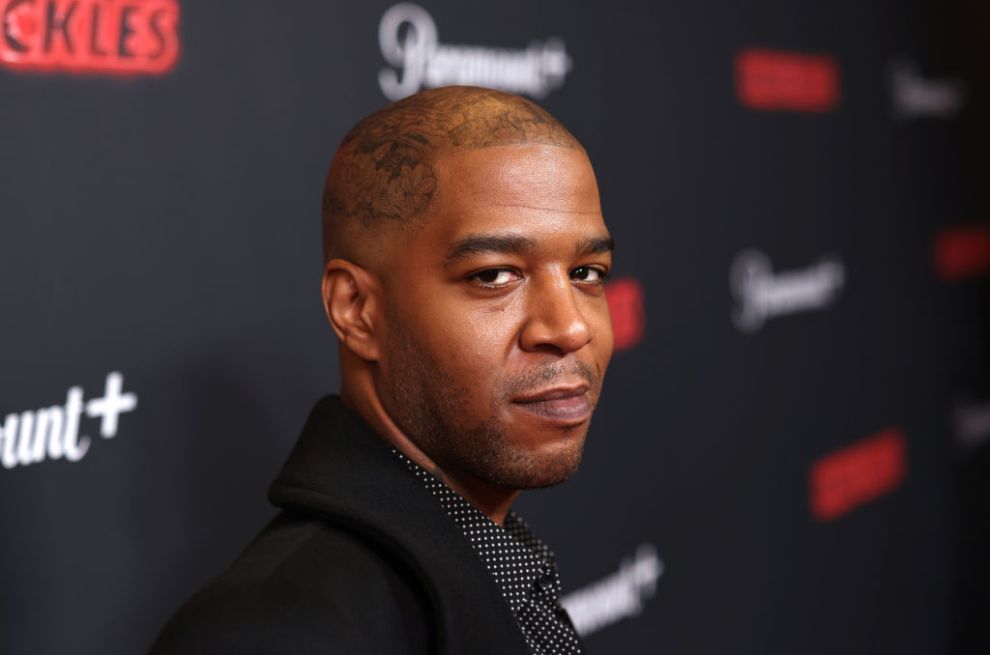After testifying directly, Kid Cudi faced a sharp cross-examination from defense attorney Brian Steel, who worked to unravel the artist’s claims. Cudi had told the court he believed Sean “Diddy” Combs was involved in the 2011 arson of his Porsche, motivated by Cudi’s past relationship with singer Cassie.
But Steel challenged the certainty of that accusation. He highlighted a post-incident meeting between Cudi and Diddy at Cudi’s SoHo home.
Cudi described it as “calm” and admitted both men were “confused” about Cassie’s actions. Steel suggested Cassie had deceived them both, living a “double life” and hiding her romantic ties. Cudi agreed with that idea before stepping down.
That exchange sharply contrasted with Cudi’s earlier account. He testified that Cassie left Diddy due to violence and that he had no idea she ever returned to him. He described being heartbroken when she ended their relationship.
According to Cudi, once Diddy learned about their romance, he became angry. Cassie later admitted she gave Diddy Cudi’s address—leading him to believe Diddy was connected to the break-in and fire at his home.
Steel’s cross-examination aimed to reframe the situation, casting doubt on Cudi’s belief and suggesting his testimony came more from emotion than evidence. The courtroom tension reflected the complicated nature of the relationships involved.
Kid Cudi’s story depicted a love triangle marked by betrayal and power plays. Steel pushed for ambiguity, trying to redirect attention from Diddy to Cassie’s unclear role. As both narratives clashed in court, the testimony blurred the line between personal turmoil and potential criminal behavior.
With high-profile names and emotional claims at its center, the trial remains a mix of celebrity drama and serious legal stakes. Cudi’s time on the stand left the court with more questions than answers—and no easy resolution in sight.


Leave a Reply